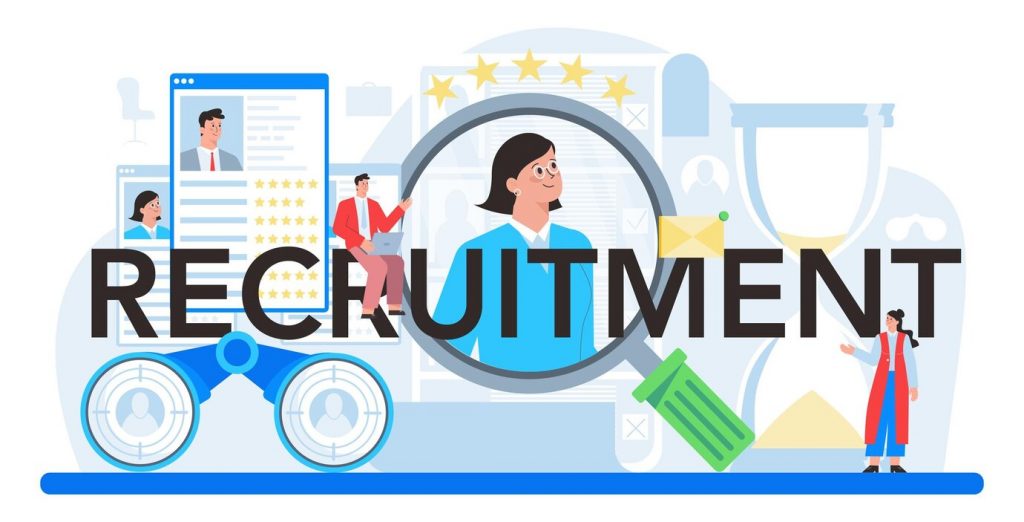Introduction
Career growth should be determined by talent, hard work, and experience. However, for many professionals, an invisible barrier—the glass ceiling in career—prevents them from reaching leadership roles despite their qualifications. This phenomenon is particularly pronounced for women, minorities, and underrepresented groups who face career growth barriers beyond their control.
According to a 2023 McKinsey Women in the Workplace report, only 25% of C-suite executives are women, and just 5% are women of color, despite making up a significant portion of the workforce. Similarly, Harvard Business Review found that racial minorities are 40% less likely to be promoted into leadership roles than their white counterparts, even with identical performance reviews.
Recognizing the glass ceiling in career advancement is the first step toward breaking it. This blog will explore how professionals can identify workplace discrimination, navigate professional growth challenges, and advocate for equal opportunities in career progression. Employers also play a critical role in fostering workplace diversity and inclusion, and we will discuss strategies they can implement to create equitable career paths for all employees.
Also Read: Interview as a Service vs. Video Interview Platforms: Key Differences
How to Identify the Glass Ceiling in Your Career
The glass ceiling in career progression is not always easy to spot. It often manifests in subtle ways, such as being repeatedly passed over for promotions, having fewer opportunities for leadership development, or noticing a lack of diversity in senior management.
Signs of the Glass Ceiling
- Lack of Promotions Despite Qualification: Many employees find themselves excelling in their roles but being overlooked for leadership positions. A Pew Research Center study found that women and minorities are 30% less likely to be promoted than their white male colleagues, even with identical credentials and job performance.
- Gender or Minority Disparities in Leadership Roles: If your organization has a predominantly homogenous leadership team, it may be a sign that corporate career progression is limited for certain demographics. According to the World Economic Forum’s Global Gender Gap Report, only 31% of senior leadership roles worldwide are held by women, despite women making up nearly half of the workforce.
Also Read: Can AI-Powered Interview as a Service Improve Medical Hiring?
Self-Assessment Techniques
- Evaluating Personal Career Progression: Compare your career trajectory to your peers. If colleagues with similar experience and skill sets are advancing while you remain in the same role, it may indicate workplace discrimination or a lack of career mobility within your organization.
- Seeking Feedback from Mentors and Peers: Constructive feedback from trusted mentors or colleagues can help you determine if external biases are limiting your career growth or if there are areas for improvement in your skill set.
Organizational Culture Analysis
- Understanding Company Policies and Practices: Companies with transparent promotion policies and diversity initiatives are more likely to support equal opportunities in career advancement. Review your company’s hiring and promotion guidelines—do they actively encourage women in leadership roles and underrepresented groups?
- Identifying Biases in Hiring and Promotion Processes: If your company’s leadership team lacks diversity, or if promotions are primarily based on informal relationships rather than objective criteria, it may indicate systemic gender bias in the workplace.
Also Read: Interview as a Service vs. In-House Recruiters: What to Choose or Find Out Why?
How to Overcome the Glass Ceiling in Your Career
Once you’ve identified career obstacles, the next step is to actively break the glass ceiling by developing key skills, expanding your network, and advocating for your own career advancement.
Building a Strong Professional Network
- Importance of Mentorship and Sponsorship: Research by Catalyst found that professionals with sponsors are 23% more likely to advance in their careers compared to those without. Seek mentors and sponsors who can provide guidance, introduce you to key decision-makers, and advocate for your career growth.
- Engaging in Professional Organizations and Events: Participating in industry associations, networking events, and leadership programs can provide career growth opportunities that may not be available within your organization.
Developing Key Skills and Competencies
- Continuous Learning and Professional Development: In today’s rapidly evolving job market, upskilling is essential. A LinkedIn Learning report found that employees who actively pursue skill development are promoted 2.5 times more frequently than those who do not.
- Enhancing Leadership and Negotiation Skills: Leadership training and effective negotiation can help break down career growth barriers. Studies show that women are less likely to negotiate for higher salaries and promotions, which contributes to wage gaps and fewer leadership opportunities. Investing in leadership programs can significantly impact career progression.
Advocating for Oneself
- Setting Clear Career Goals: Establishing a strategic career plan, setting measurable milestones, and communicating these goals with your manager can create a roadmap for advancement.
- Effectively Communicating Achievements and Aspirations: Many professionals underestimate the power of self-advocacy. Keeping a record of accomplishments, taking on high-visibility projects, and actively seeking leadership opportunities can enhance career prospects.
Also Read: The Role of Video & Behavioral Analytics in IaaS Platforms
The Role of Organizations in Addressing the Glass Ceiling
While individuals must take charge of their career growth, organizations play a critical role in eliminating the glass ceiling. Companies that prioritize workplace diversity and inclusion consistently outperform competitors in innovation, employee engagement, and profitability.
Importance of Diversity and Inclusion Initiatives
Diverse leadership teams drive business success. A McKinsey report found that companies with gender-diverse executive teams are 25% more likely to outperform their peers financially, while ethnically diverse leadership teams are 36% more profitable.
Also Read: How Interview as a Service Can Improve Employer Branding?
Implementing Transparent Promotion Processes
Organizations must establish clear, objective promotion criteria to ensure all employees have equal opportunities in career advancement. Transparent performance metrics, structured leadership development programs, and bias-free performance evaluations are critical steps.
Creating Supportive Environments for Underrepresented Groups
- Flexible Work Policies – Companies that offer flexible work arrangements and parental leave see higher retention rates among women and working parents.
- Leadership Development for Women and Minorities – Programs aimed at women in leadership roles and underrepresented employees can help build future leaders.
- AI in Hiring and Promotions – Platforms like JobTwine leverage AI to eliminate bias in hiring and promotion decisions, ensuring that merit determines career advancement rather than unconscious biases.
Also Read: Best Interview as a Service Platform in 2025 – JobTwine
Conclusion
The glass ceiling in career progression remains a challenge for many professionals, but it is not insurmountable. Identifying the barriers, leveraging networking and mentorship, and proactively developing key skills can significantly improve career mobility.
Organizations must also take responsibility by fostering workplace diversity and inclusion, implementing transparent promotion policies, and using AI-driven solutions like JobTwine to ensure equal opportunities in career advancement.
By taking intentional steps, individuals can break the glass ceiling, and businesses can create a fair and inclusive corporate culture where talent—not bias—determines success.
Frequently Asked Questions:
What is the glass ceiling in career advancement?
The glass ceiling refers to invisible barriers that prevent certain groups, especially women and minorities, from reaching leadership positions despite having the necessary qualifications and experience.
How does gender bias in the workplace contribute to the glass ceiling?
Gender bias often results in fewer leadership opportunities for women, unequal pay, and limited access to mentorship or sponsorship programs that are critical for career advancement.
What are effective ways to break the glass ceiling?
Building a strong professional network, continuously developing leadership skills, advocating for oneself, and seeking mentorship and sponsorship are key strategies for overcoming career barriers.
How can organizations support women in leadership roles?
Companies can implement diversity initiatives, establish transparent promotion criteria, offer leadership training, and use AI-driven hiring tools to eliminate bias in recruitment and promotions.
What role does AI play in breaking the glass ceiling?
AI-driven platforms like JobTwine help remove bias from hiring and promotions by evaluating candidates based on skills, experience, and performance rather than subjective human judgment.
Taking proactive steps—both as individuals and as organizations—can ensure that career success is based on merit, not bias. The future of work must be one where equal opportunities in career advancement are a reality for all.




